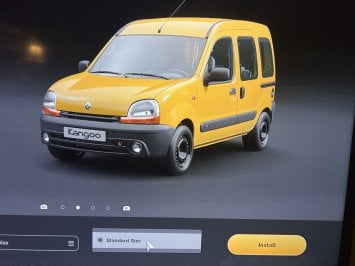Developing AI is a very difficult process in general. There are choices that need to be made as one trains an AI just as there are decisions we make as we learn to drive in a game. Questions like "do I protect my position" and "should I dive into the corner at this driver" are questions we resolve around the track. Some of us avoid contact. Others seek it out.
Max Verstappen for example, too often seeks to create a situation where either his target yields or they both crash.
I am not a fan.
As has been pointed out, plenty of other titles (admittedly many on PC) manage to do this already without the need for rubber banding, some have been doing it for longer than Sophy has been around.
For this, one of the greatest things about Sophy is how dynamic the driving is during the race itself. The best parts about Sophy are not how difficult it is to defeat the AI but rather how well it drives and competes vs. pretty much any other AI out there.
Sorry, but I have to call that out, Sophy is still not great when it comes to racecraft at all, and certainly not close to being a benchmark in the sim world in that regard.
The rubber band allows the average driver to compete for a win.
It's a lazy way of doing it, and simply masks issues with AI, it's not required at any driver level and a good adaptive AI (such as Raceroom has) is a far better way of doing the same.
It's a 330 hp car with an 80 mph first gear. It is unable to do a burnout in real life.
So confidently wrong in so many ways.
The ability to exceed the rolling resistance of a tyre to a large enough degree to do a 'burnout' is a factor of rolling resistance and tyre grip limit vs torque at the tyre (not horsepower).
Let's do some (very) rough maths.
Tyre Grip assuming a mU of 1. Weight is circa 2100lbs, with a F:R weight distribution of 44:56, so that's roughly 588 lbs of load at each of the rear wheels.
The torque at each of those rear wheels is roughly as follows. 312 ft/lbs at the crank is then multiplied by the 1st gear and final drive ratios (and technically the wheel itself) and gives roughly 312 * 2.5 * 3.53 = 2753.4 ft/lbs, at the rear axle, and roughly 1,376 ft/lbs per rear wheel.
Yeah that's not going to have an issue in overcoming (significantly) the 588 lbs of load.










